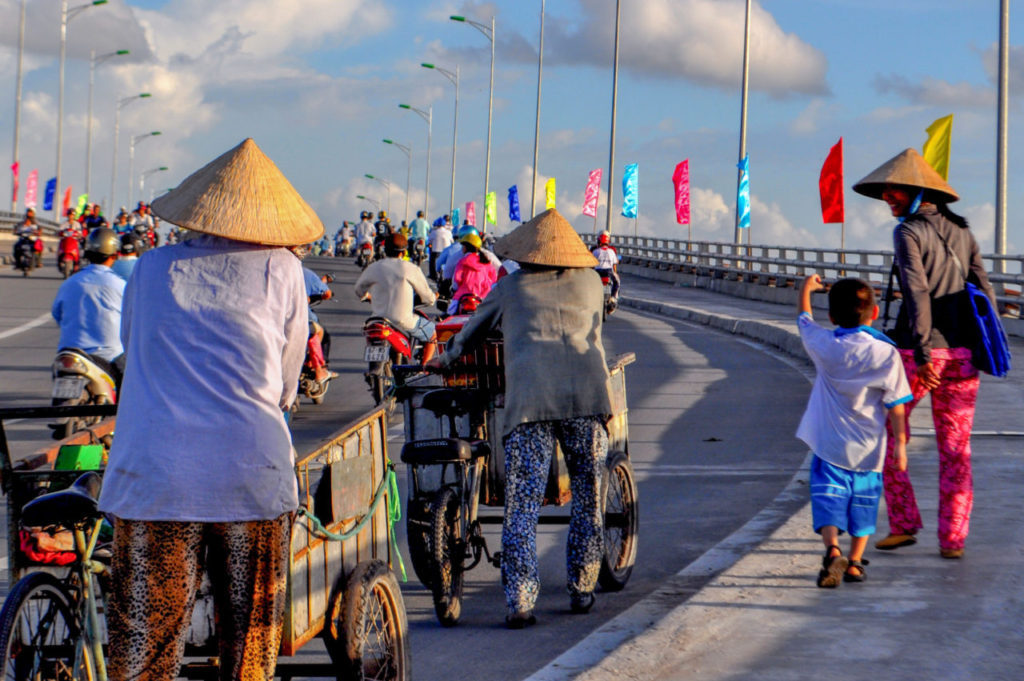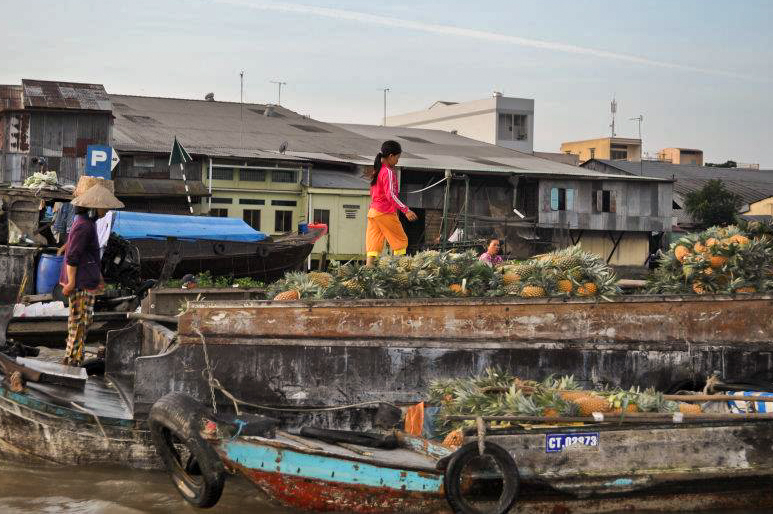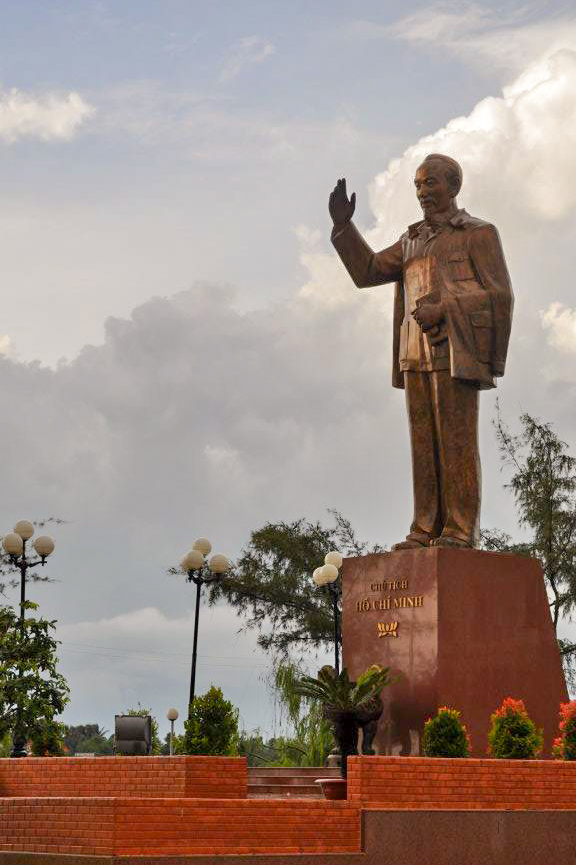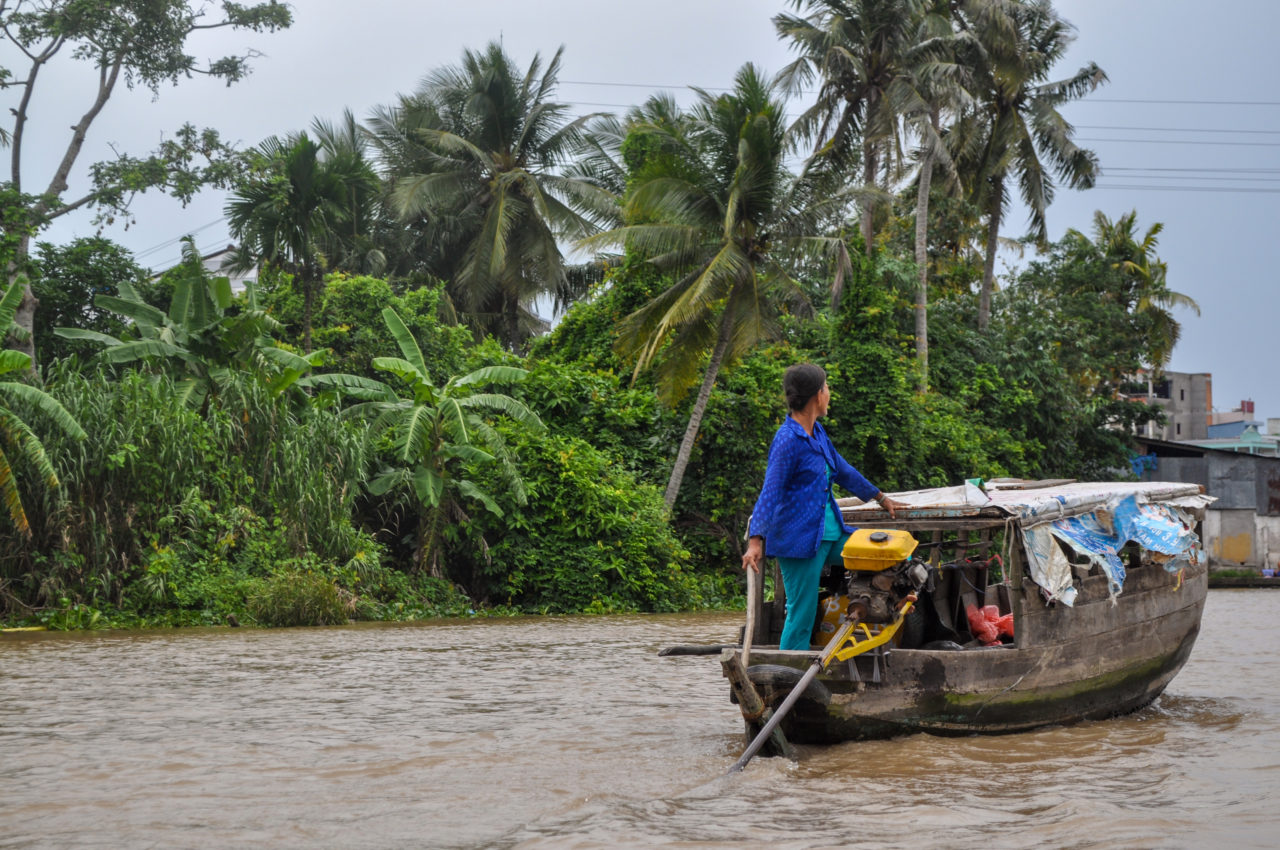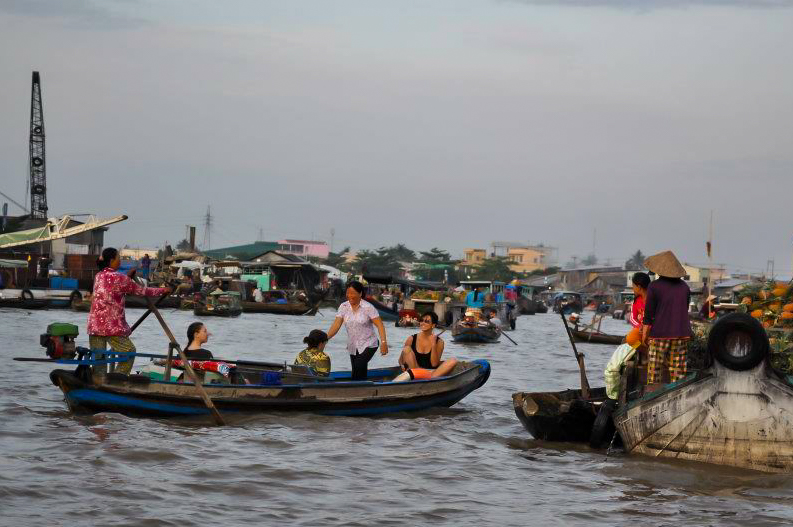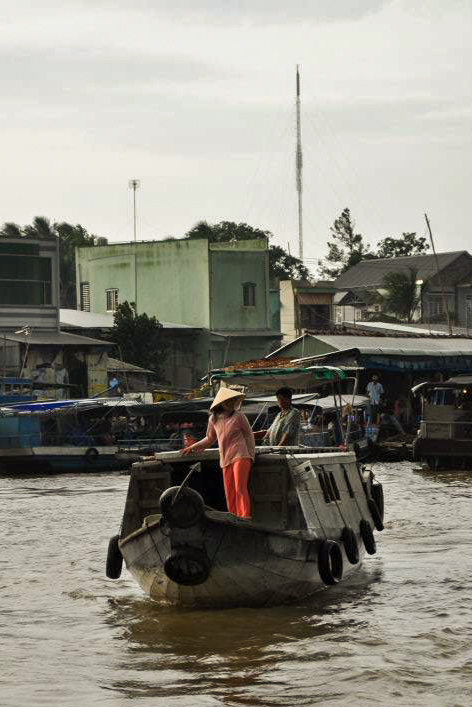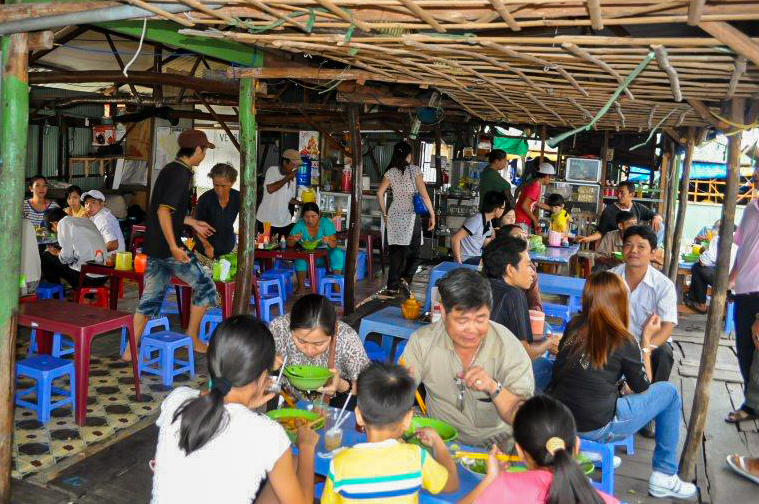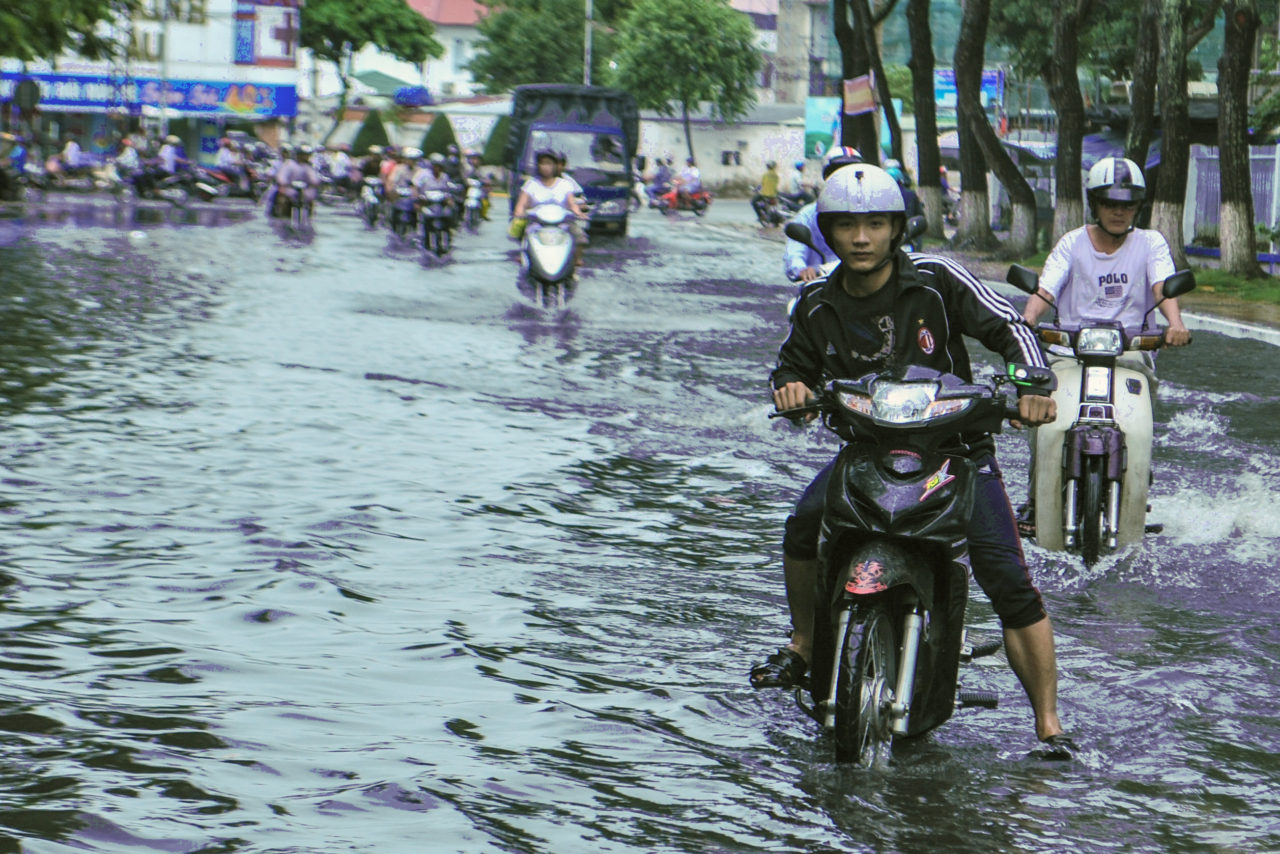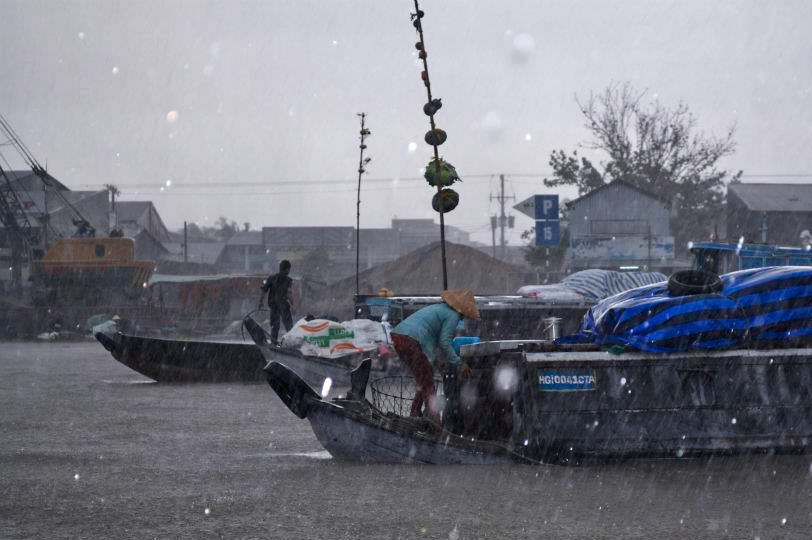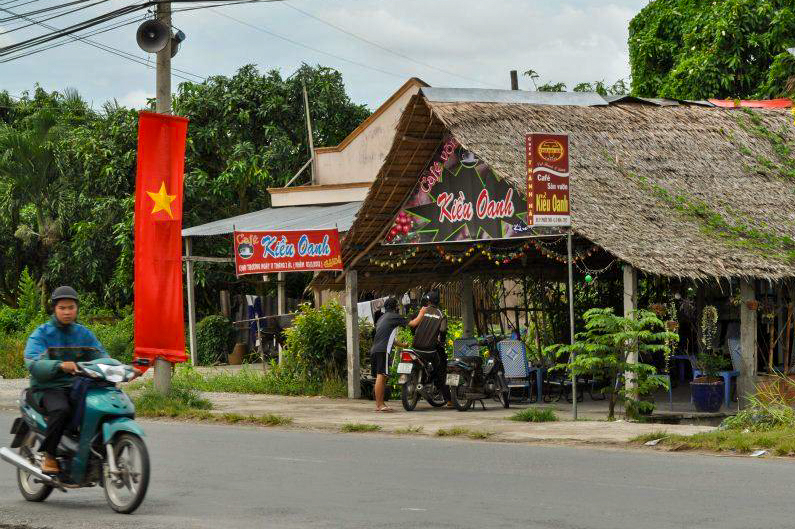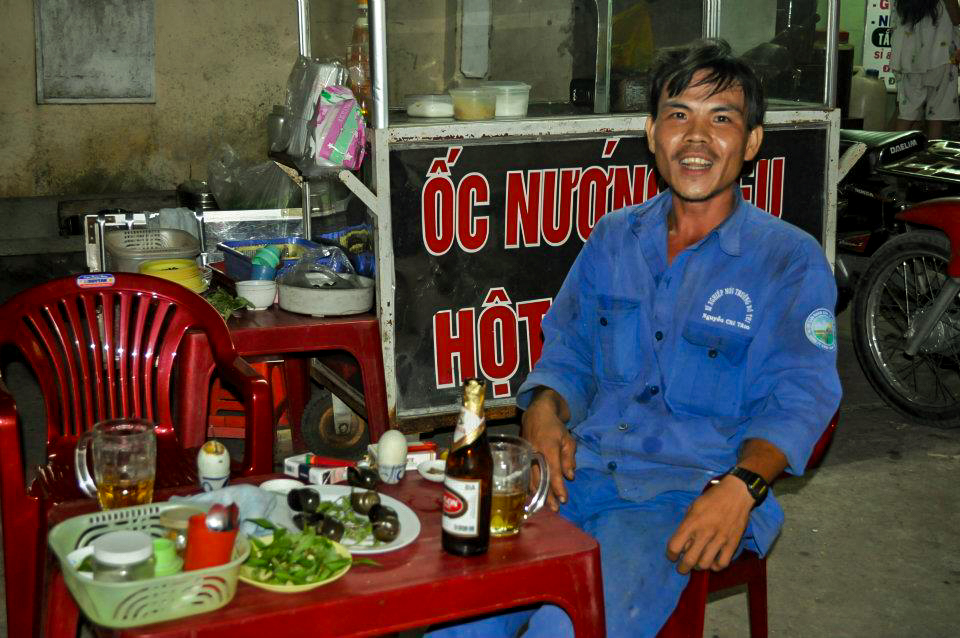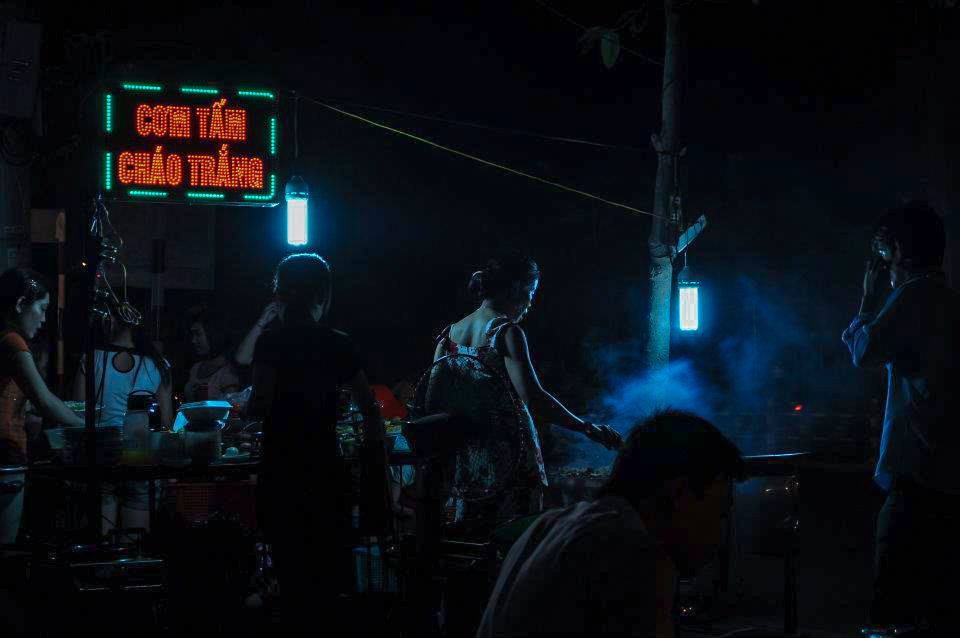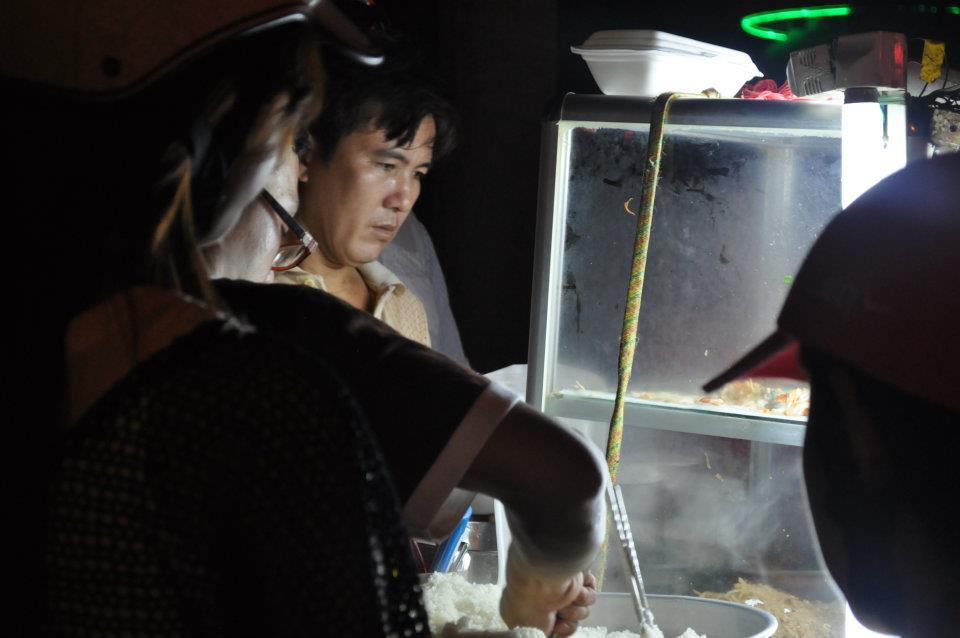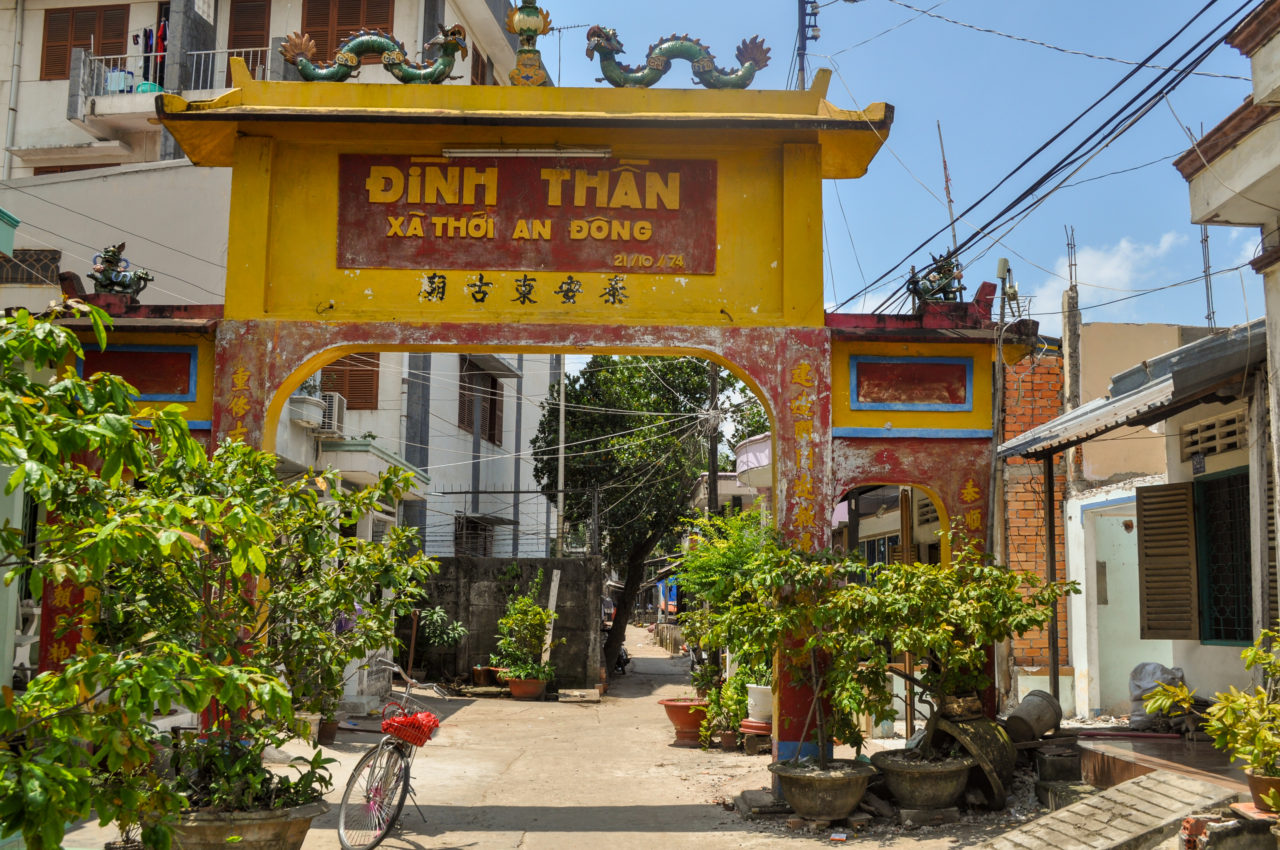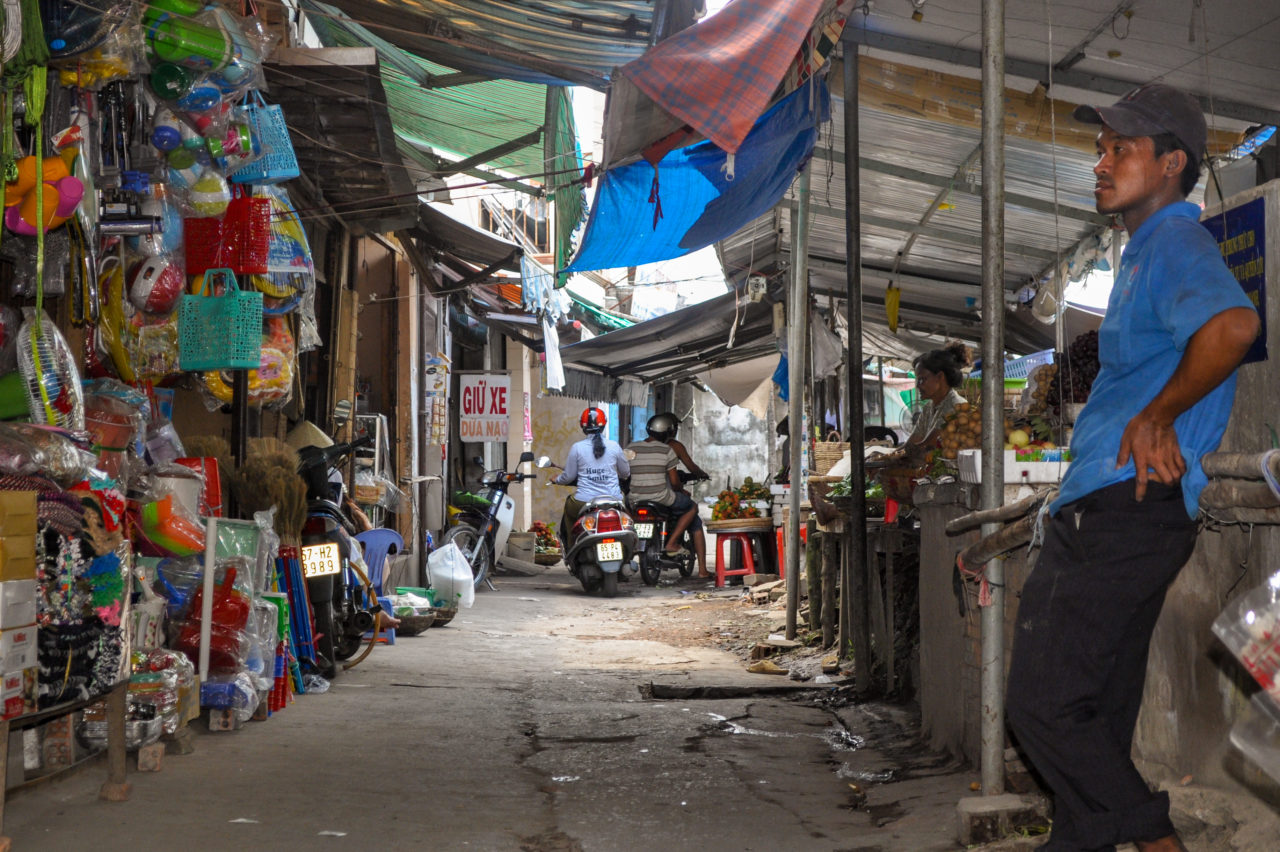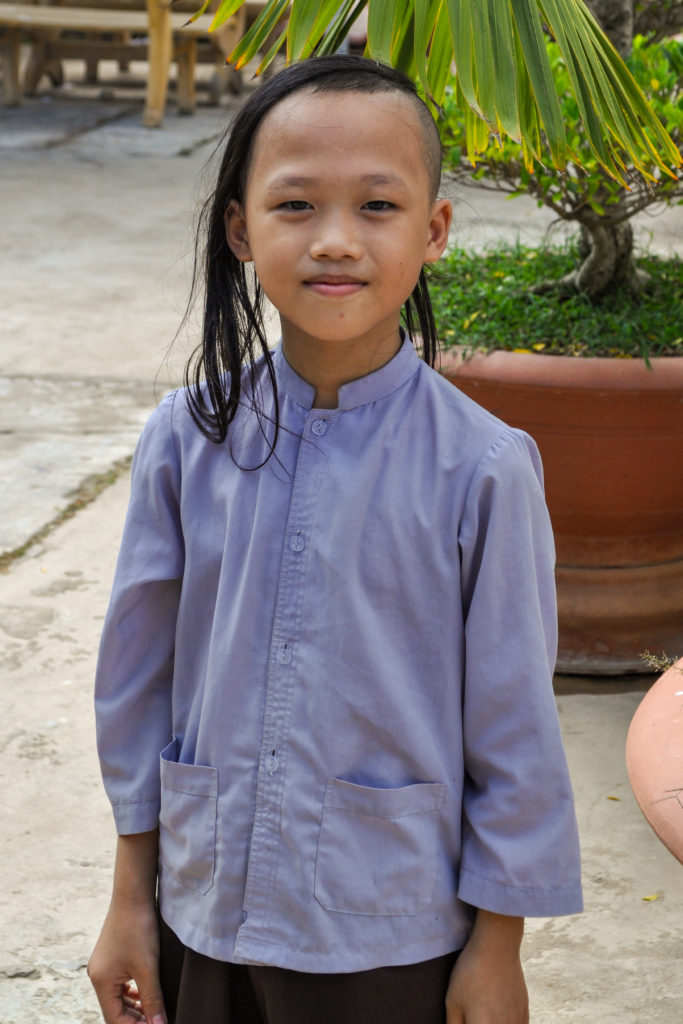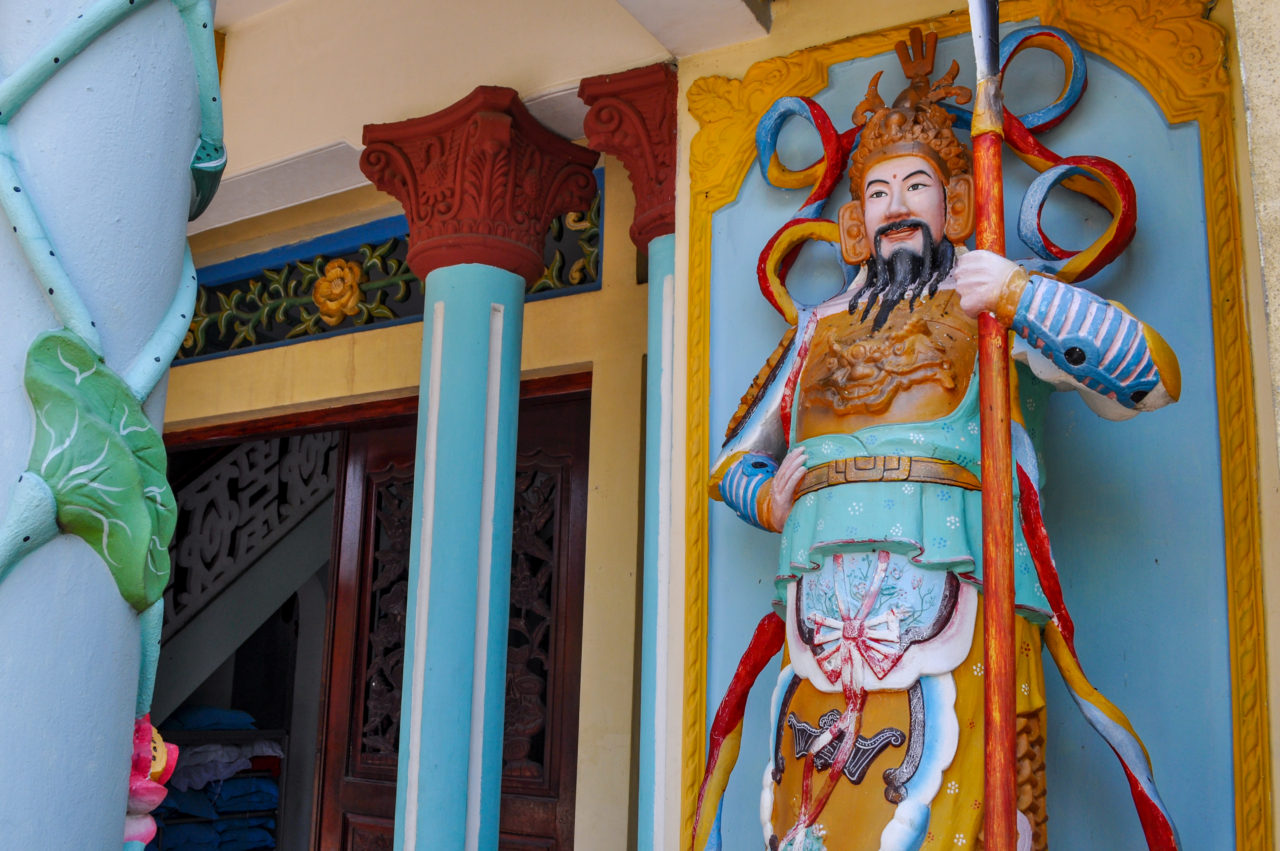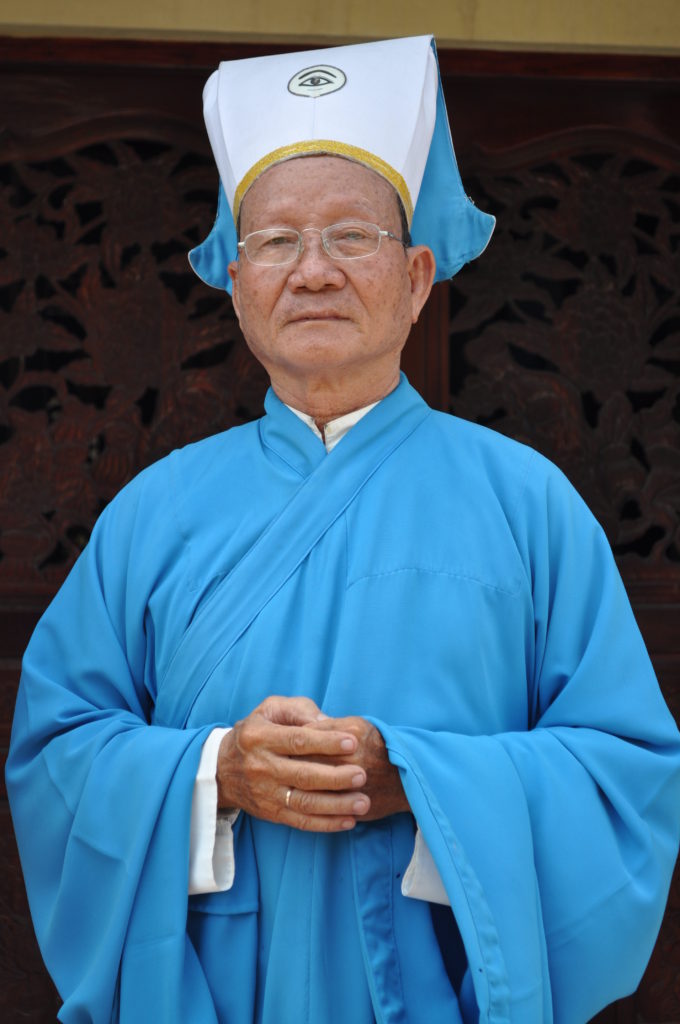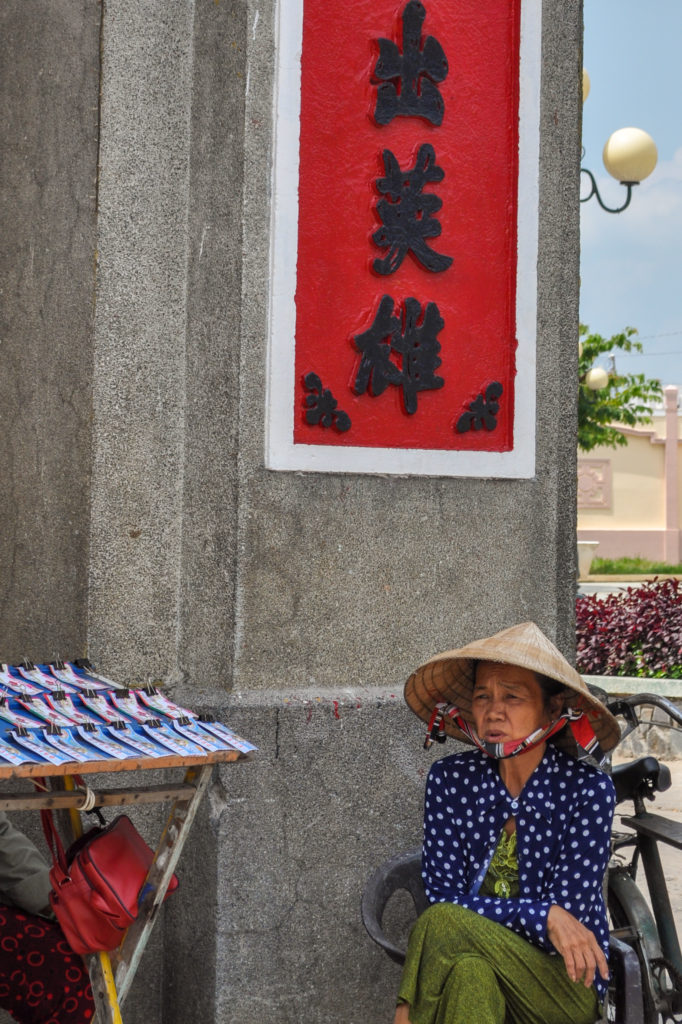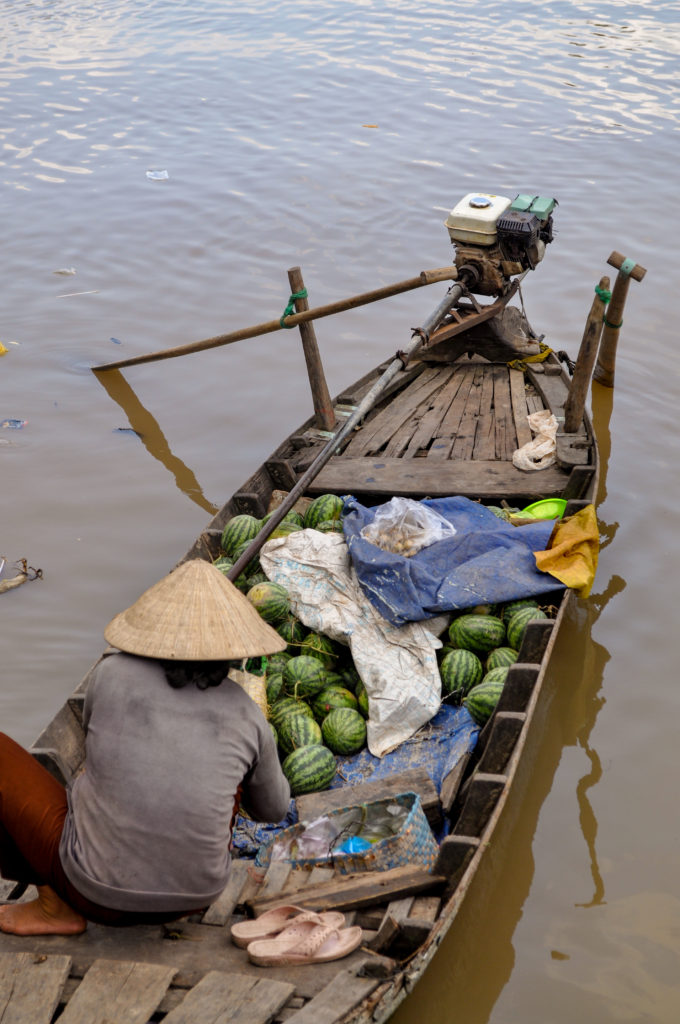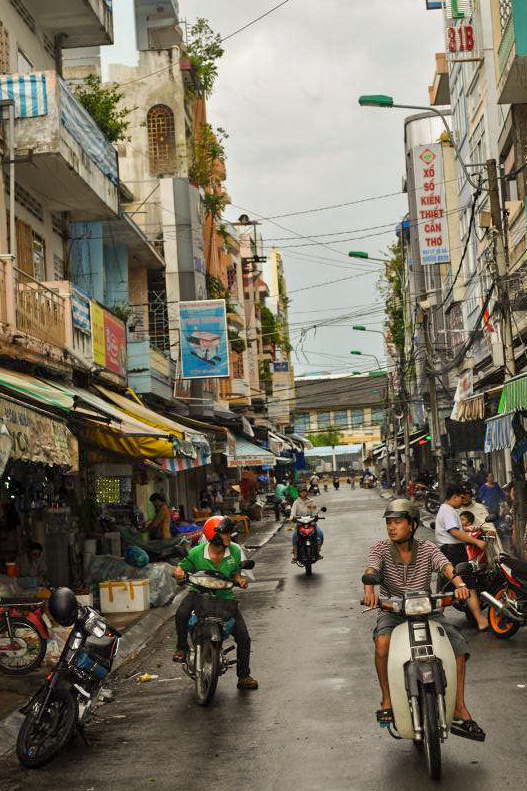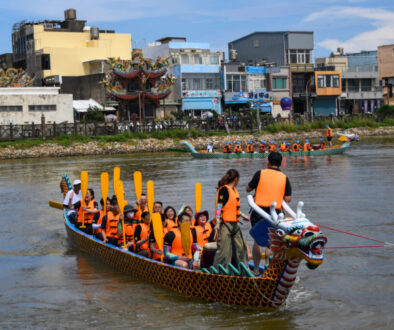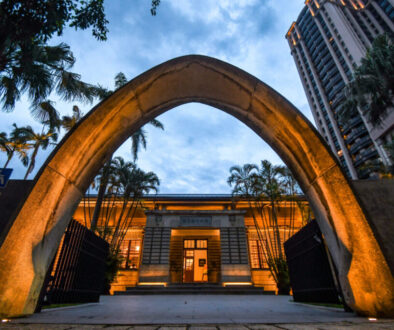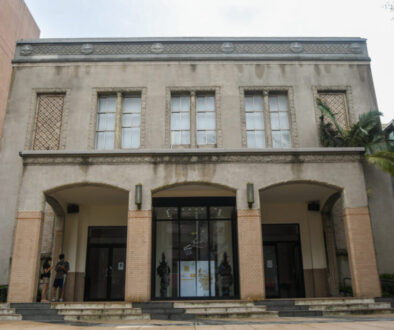Memories of Can Tho Vietnam
The Changing Face of Vietnam
It is no secret that Vietnam is changing. For better or worse the borders have slowly opened up. As the flood gates continue to crack open, tourists ride the wave to nearly every corner of Vietnam. This includes Can Tho, a city located in the heart of the Mekong Delta.
Just a mere 10 years ago, the rivers and canals snaking through Can Tho were devoid of any signs of tourism. But as the flood of travelers come flowing in, the face of the city has changed beyond recognition. Fortunately, most of the money and renovations have been focused on giving Ninh Kieu Quay a face-lift.
It has been years since the last time Can Tho has been explored by Orphaned Nation. There is no doubt that Can Tho has been broken and molded into something totally new. When it comes time to return to the Mekong Delta, there may not be a single building which will fit the memories made so many years ago.
Wondering how touristy Bali is? You can read my whole take on the island here!
Can Tho’s Floating Markets
Being just a mere 3 hours away from the chaotic streets of Saigon, Can Tho is often seen as a quick escape from the madness of the city. What usually tops the list of things to do in Can Tho is its very own floating markets. For those who have spent some time in South East Asia, it seems as if there are more floating markets than one can count. What then makes the floating markets in Can Tho unique?
The Phong Dien and Cai Rang floating markets don’t really offer anything that you can’t find elsewhere in South East Asia. The only difference is that the Mekong River is huge. This means that travelers are given a bit more room to breathe when compared to Thailand’s crowded Damnoen Saduak Floating Market.
Looking at traveling to The Philippines? Read on how to take the boat from Manila to Palawan here!
Escaping Over-Tourism
You will probably not want to confine yourself to the floating restaurants and touristy longboats ramming into each other in the middle of the Mekong River. A better option is to hire your own boat for about 200,000 VND (10 USD) and take a tour of the labyrinth of rivers which cut through the surrounding jungle.
Over the years, it is not just the town of Can Tho which has faced its own changes. Nowadays tourists come in by the droves from neighboring Cambodia and Laos. Therefore the floating markets are bound to have bent to suit the needs of tank-top clad tourists ironically donning the traditional conical hats. The only way to escape the tour groups and young backpackers is to take a run through the jungle.
If you are in Bali be sure to get off the beaten path by visiting the famous Ghost Palace!
Unpredictable Vietnam
No matter what time of year you find yourself traveling through Vietnam, you are sure to witness the onslaught of rain which can downpour at a moments notice. While much of Vietnam is being modernized, the same old problems persist with the outdated drainage systems.
As the rain comes falling down, you may find that the water is also rising from the gutters. The canals and rivers of the Mekong Delta turn the streets of Can Tho’s into their very own waterways. A boat would almost be of better use than a motorbike during a Vietnamese monsoon.
Despite the risks of flooding. There is something sweet in the air when it rains in Vietnam. A certain fragrance is brought down along with the rain from the heavens. While locals may rush to find shelter to cower from the storm. A select few people can be seen wading in the water soaking up the Vietnamese rain.
If you find yourself in Timor, you will need to know how to cross the border from Timor-Leste to Indonesia. Read on how to do it here!
Classic Vietnam
Although it is an enormous city with over one million people, Can Tho still has the heart and soul of a small village. While Saigon has abandoned its traditional townhouses for looming skyscrapers, Can Tho maintains a sense of authenticity. Locals and tourists alike can be seen enjoying the street food around Ninh Kieu. But outside of the tourist hubs, the entire city is bursting to the seams with coffee shops and restaurants.
Being home to one of the most famous universities in the region, Can Tho has hundreds of street food stalls, cafes, and restaurants throughout the city. Many choose to limit themselves to the bright lights of Ninh Kieu. But you can find a more candid side of Can Tho along the banks of the Ho Xáng Thổi Lake and the winding alleyways throughout the city.
Outside of the downtown area, is where you will find the true essence of Vietnam. Small roadside cafes and hammocks which will rock you to sleep between each sip of coffee is where true Vietnamese culture can be found.
No town is quite as touristy in The Philippines like Vigan. Read if it is worth the trip here!
Can Tho’s Nightlife
Although silence may fall over Can Tho as soon as the sun goes down, this does not mean the lights go out. The alluring lights of the Ninh Kieu Night Market may but the only thing that tourists will see along the promenade. But the true nightlife of Can Tho is found deeper in the city.
Other than the karaoke bars and hot pot restaurants which you can find on nearly every street corner. The real party is in the open-air coffee shops with massive flat-screen TVs looking out to the street. For all the best Vietnamese style sports bars and billiards halls, you will have to head out to Tran Ngoc Que and the nearby alleyways. It is here where you will find the true heart and soul of Can Tho’s nightlife.
Wondering what to do in Kupang, West Timor? You can read my full guide here!
Getting Off The Beaten Path
It is a shame that the only side of Can Tho exposed to tourists is the small stretch of street in front of Ninh Kieu Quay. To see a more candid side of this city, you almost need a local guide. Much of Can Tho has seen unprecedented renovations. You can still, however, find enclaves of old Can Tho tucked away from the tourist hub of Ninh Kieu.
Areas such as Ho Tung Mau and Cai Khe Roundabout once offered a bit of urban decay for explorers who visited Can Tho. There is no doubt, however, like the rest of the city, these areas have seen a face-lift in recent years. You can still find sprawling markets and quiet neighborhoods in nearly every corner of Can Tho, you just have to be willing to wander off of the beaten path.
Finding yourself in Hong Kong and wondering what to do? Don’t miss the Rainbow Buildings of the Choi Hung Estate!
Can Tho’s Temples
Out of all of the breathtaking temples in Can Tho, it is a shame that Ong Pagoda (Chua Ong) is the only one that gets any kind of attention. If it wasn’t for the fact that this temple was facing the main street of Ninh Kieu, Chua Ong would be a mere footnote on a list of the top temples in Can Tho.
Temples like the Phat Hoc Pagoda, the Khmer style Pitu Khosa Rangsay Pagoda, and golden Chua Thoi Long Co Tu, blow the likes of the Ong Pagoda out of the water. It’s not the only size that makes these pagodas overshadow the likes of Chua Ong. But how active the community is at these temples will truly immerse you in Vietnamese culture.
Much like the mega-city of Saigon, Can Tho is a place where you need to spend some time in order to properly explore each nook and cranny. Only then will you truly fall in love with the culture of the Mekong Delta.
Traveling through Java and wanting to visit the Borobudur Temple? You can read my experience here!
South Vietnam’s Homegrown Religion: Cao Dai
For those really looking to dive off the deep end and go off the beaten track in South Vietnam, there is no better place to start than with the religion of Cao Dai. Founded in 1926, this religion has brought millions of follower’s to its fold over the last century. To the untrained eye, a Cao Dai temple looks nothing more than a colorful Buddhist pagoda. The reality is that the two religions couldn’t be more different.
Beliving in the Higher Power or Supreme Being, Cao Dai looks to unify all religions in the world under one banner. Combining elements from Buddhism, Daoism, and Confucianism, Cao Dai looks to blend together all East Asian philosophies and religions. Cao Dai even goes as far as listing Jesus as one of their divine beings.
It would take a lifetime to explore the mysteries and theology behind Cao Dai, but the symbolism of god’s left eye and various deities is more than enough to attract those looking to get off the beaten path. In Can Tho, you can find several Cao Dai temples. Such as the Tra-Noc Temple and the Nhon-Ai Temple.
While in Indonesia be sure not to miss hiking to Ijen Crater and see the blue flame of the volcano!
Memories of Can Tho
Maybe it is just the nostalgia talking, but Can Tho is a place which can easily steal your heart. Of course, everyone will romanticize the first place they have ever lived abroad. But Can Tho is a city which, to this day, still has not reached its full potential.
While cities like Saigon and Hanoi catch up to China with glistening sky scrappers and metro lines. One can only hope that Can Tho will cling to what makes it so special. The winding alleyways, streetside cafes, and rivers snaking through the city make Can Tho a place which stands apart from the rest of the country.
On a short vacation, you will not be able to leave no rock unturned in a city as big as Can Tho. But what is important to remember is that there is a whole city behind the park at Ninh Kieu Quay. When the floating market lets you down, the real adventure lays off of the beaten path.

